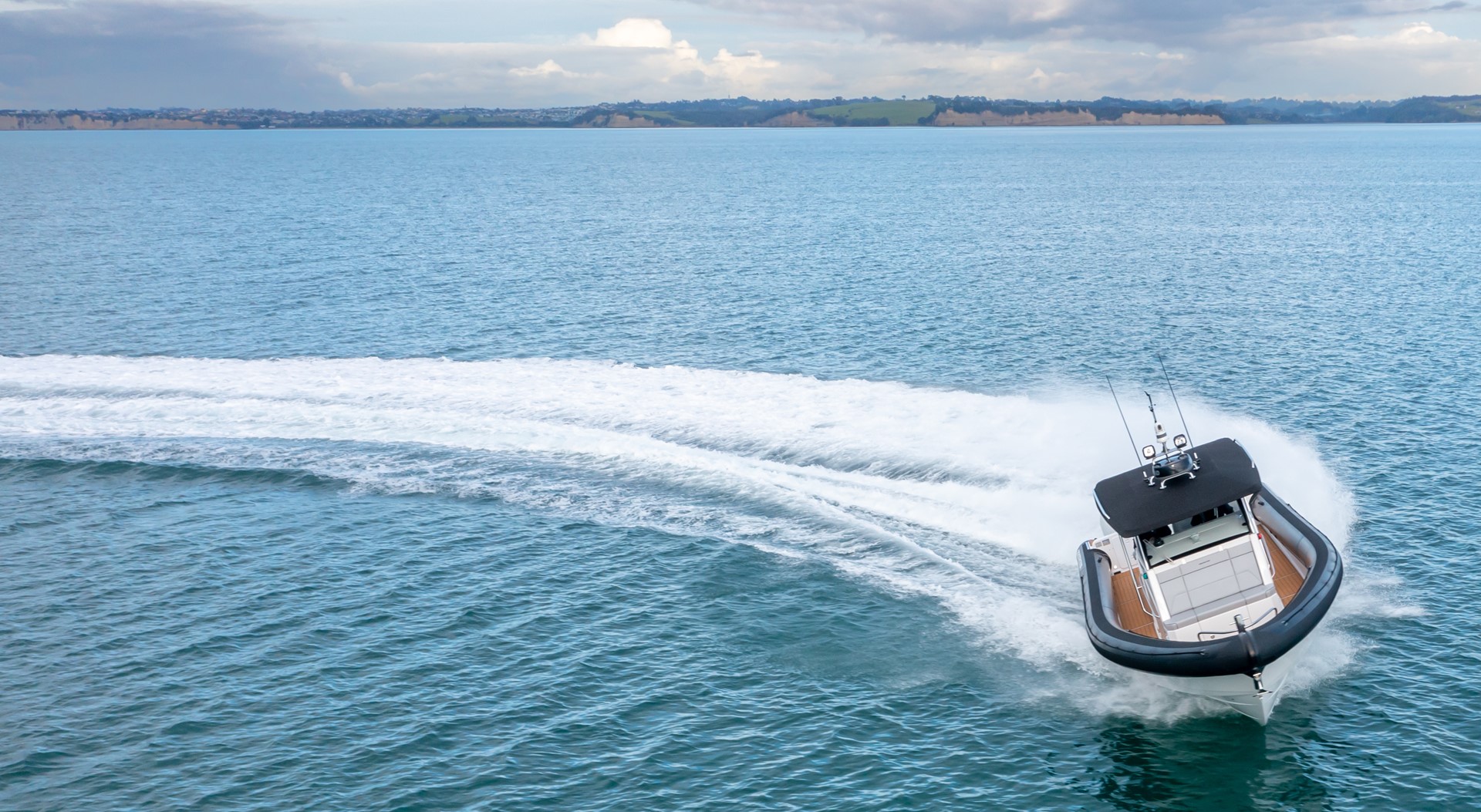Every year all over New Zealand, we see boaties run ashore on sandbars and narrowly missing submerged reefs. You’ve probably seen a few mishaps during your time on the water too.
You might also think that’d never happen to you, but if you’re not clued up on your navigational marks, you could be the next victim of that hard-to-see sandbar in the harbour.
To help keep you safe out on the water, we’ve put together a simple guide to navigational marks in New Zealand waters.
Learning the navigational marks
Waterway managers place marks in coastal and enclosed waters to ensure boaties have safe passage. The system they use is devised by the International Association of Lighthouse Authorities and is called the AILA A (NZ and Australia use this system while most others use AILA B).
There are six types of marks that you need to know – lateral marks, isolated danger marks, special marks, cardinal marks, safe water marks, and new danger marks. Each mark has its their own unique colours, top marks and shapes and at night, most marks will also have a light with its own unique colour or flashing sequence.
Lateral marks are reversed if you’re coming upstream or into shore.
Lateral marks
Lateral marks indicate the limits of safe water or the sides of a channel. There are two lateral marks:
-
- Port: red with a red light and a can-shaped topmark
- Starboard: green with a green light and a cone or triangle top mark
The red port marks should be passed on your left hand side when going inward or upstream, while the green starboard marks should be passed on your right when going upstream. They are reversed when you’re heading downstream or outward.
If you struggle to remember which is which, there’s an old sailors saying that could help: “Is there any red port left?”
At times, a single mark mark may serve an entire harbour and the next marker may be miles away. In these situations, use a chart and a chart plotter along with the navigational markers to plot a safe course.
It pays to keep your distance from isolated danger marks.
Isolated danger markers
These markers are moored above an isolated danger to boaties. There is no rule on how far away from the marker the danger ends, but in general it’s a good idea to keep as wide a berth as possible away from these. If you’re unsure, take a look at your chart plotter or ask a local.
They have red and black horizontal bands with two black spheres atop them as a mark. They may also have a white light that flashes in groups of two.
Special marks are sometimes marked to indicate what they are showing.
Special marks
Special marks are used in a number of situations. They often mark aquaculture areas, pipelines, no-boating zones, historic shipwrecks and other special locations. They’re not usually used to mark danger but it’s still important that you know what they are indicating.
These are yellow with a yellow cross as a top mark and possibly a yellow light that flashes in sequence.
There are four cardinal marks each referring to the directions of a compass.
Cardinal marks
Cardinal marks indicate the direction of the deepest water. They’re called cardinal because there are four of these marks, each of which refer to the cardinal directions of a compass.
North cardinal marks indicate that the deepest water is northward from the mark, east cardinal marks indicate that they deepest water is eastward, and so on. To use these effectively, you need to know the direction of north.
These are usually a pillar painted in yellow and black horizontal bands with a distinctive black double cone top mark. The direction of the top cone mark identifies the cardinal direction (i.e. a cone pointing upward is north).
New danger marks are usually removed after the danger is marked on charts.
Safe water marks
Safe water marks indicate that there is navigable water surrounding the mark, and are often seen in channels or to mark landfall.
These are spherical or may be a pillar with a single red spherical top mark. They also have vertical striped of red or white and a light which has one long flash.
New danger marks
New danger markers indicate new hazards that have not yet been identified on marine charts and plotters. These include naturally formed dangers like rocks or a sandbar and man-made hazards like wrecks. Any lighted mark used for this purpose has a cardinal or lateral VQ or Q light character.
If you know your navigational marks and you’re handy with a marine navigation chart or plotter, then you’ll be so much safer in the water. Take a little time to learn them to make sure you’re not the one stranded on the rocks this summer.
*Navigation mark images courtesy of Maritime New Zealand’s guide to NZ’s System of Buoys and Beacons.








